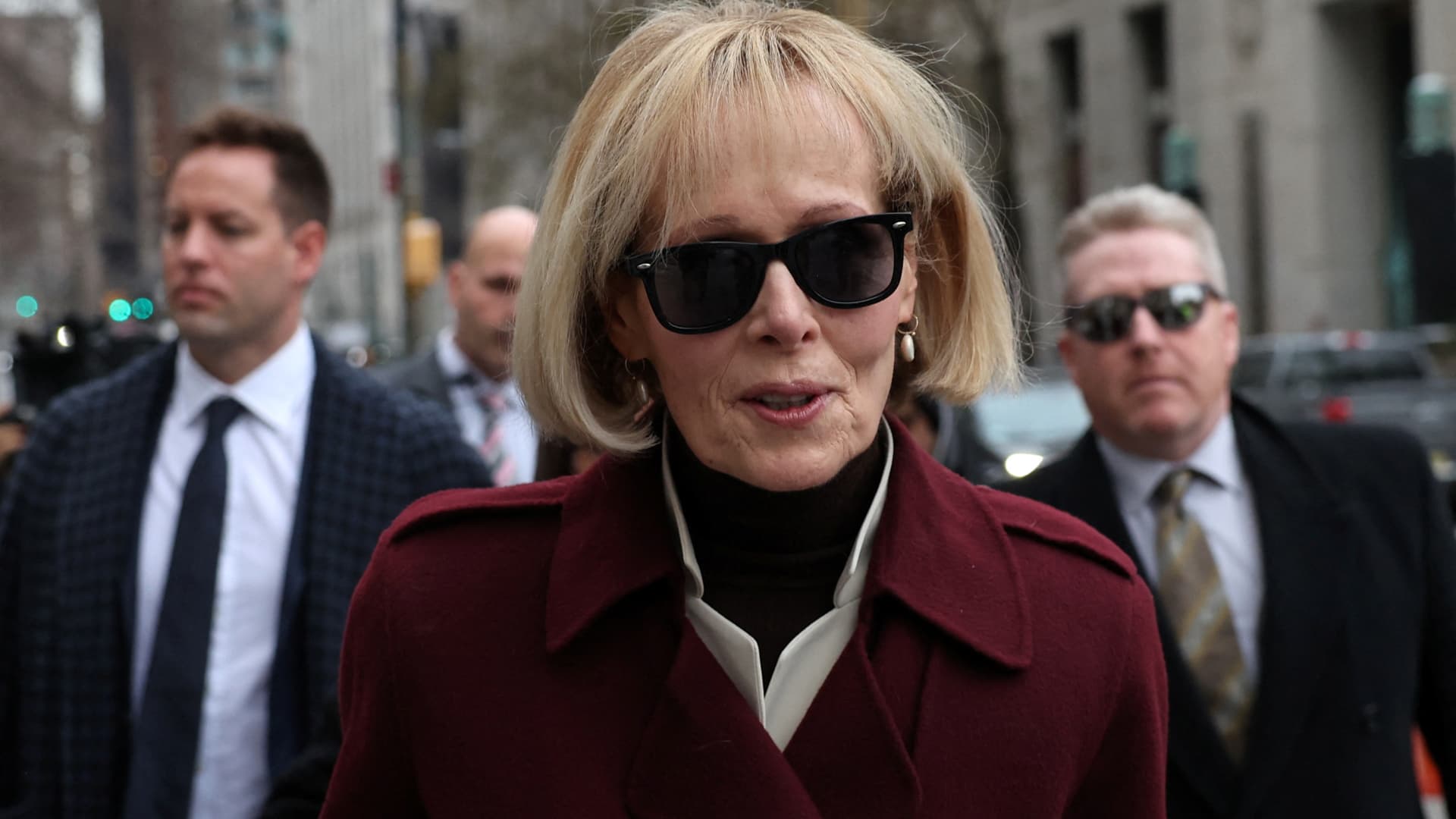[tdc_zone type=”tdc_content”][vc_row][vc_column width=”1/1″]
Trending Now
POLITICS
Binance founder Changpeng Zhao travel blocked by federal judge
Zhao Changpeng, founder and chief executive officer of Binance, attends the Viva Technology conference dedicated to innovation and startups at Porte de Versailles exhibition...
BUSINESS
ECONOMY
SPORTS
Former Pac-12 teams still might have to play in Pac-12 bowls
The Pac-12 might be gone, but it won’t be forgotten during bowl season. According to Action Network’s Brett McMurphy, the 10 schools that...
HEALTH
PFAS ‘Forever Chemicals’ Are Pervasive in Water Worldwide, Study Finds
They’re in makeup, dental floss and menstrual products. They’re in nonstick pans and takeout food wrappers. Same with rain jackets and firefighting equipment,...
TECHNOLOGY
INSURANCE
MOST POPLULAR
Makers of Switch emulator Yuzu quickly settle with Nintendo for $2.4...
Tropic Haze, the popular Yuzu Nintendo Switch emulator developer, appears to have agreed to settle Nintendo’s lawsuit against it. Less than a week...





























